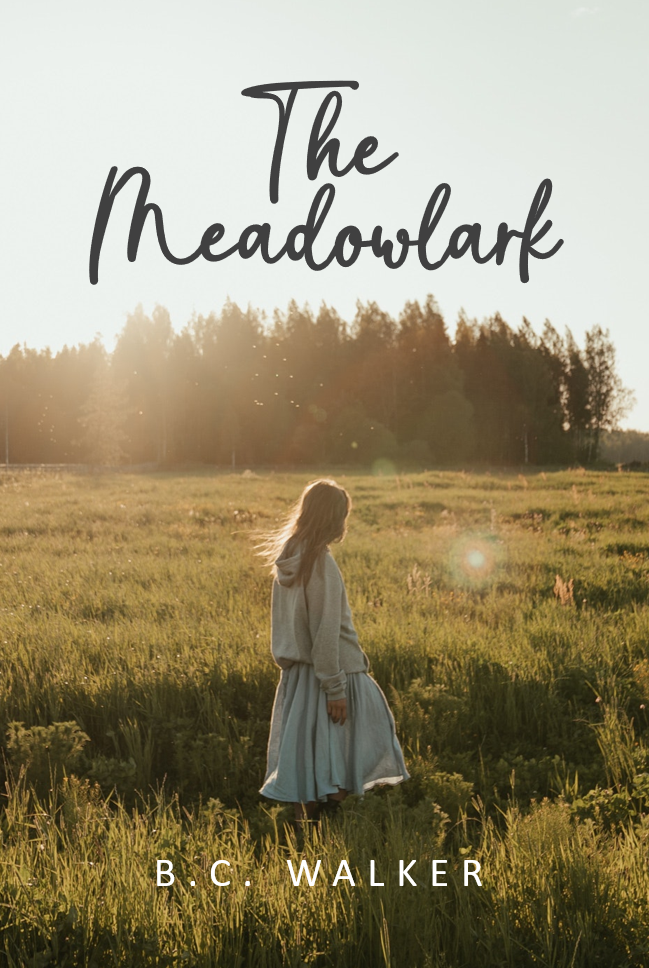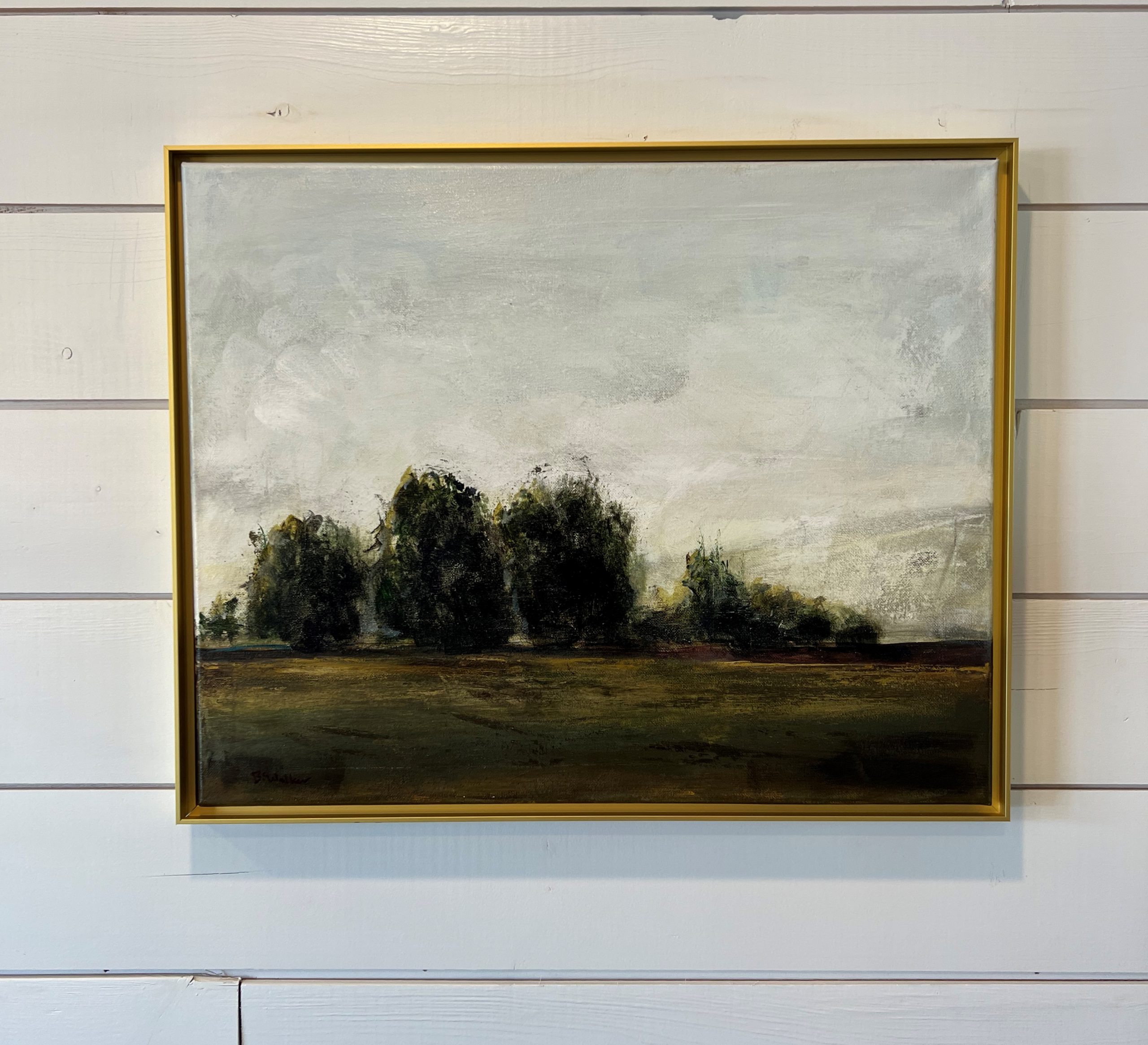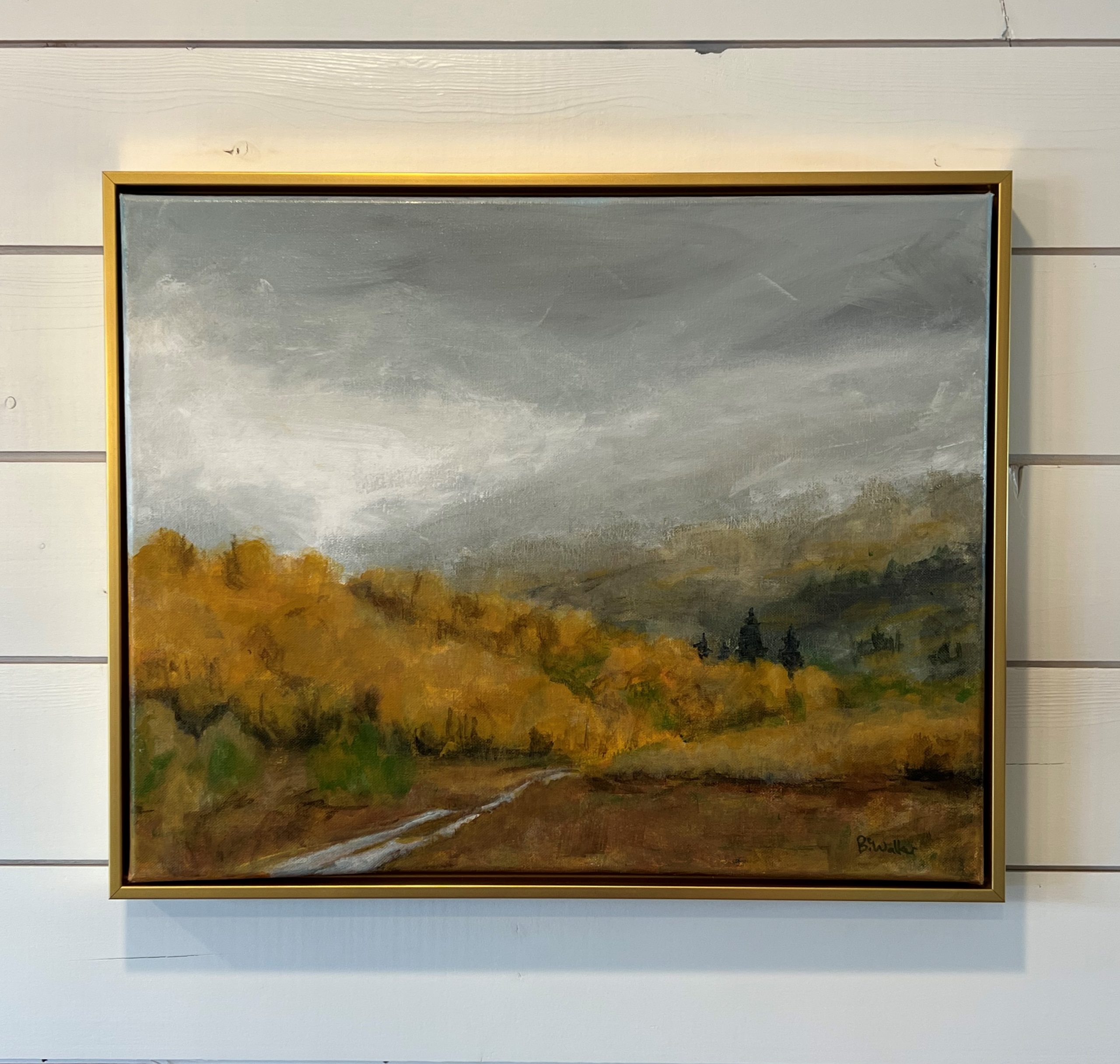Observations & Articles
Writing is my passion project, and I hope whatever you see here might help you in some small way—to gain deeper insight, to think about the world in new ways, and to connect more profoundly with others. You will find published pieces interspersed with my own regular observations. Enjoy!
FEATURED OBSERVATION
NEW NOVEL: The Meadowlark
Writing a novel has been both the most fun thing I’ve ever done and also the hardest thing. Three+ years in the making, The Meadowlark represents the “Idaho” book I always knew was in me. The first full draft was finished right before the pandemic. From there, the journey had tortuous moments, ploddingly slow moments, rejection, and triumph. To have it go live on Saturday, November 19, 2022 was a dream, a culmination of blood, sweat, and tears (well, no blood, but significant deep feeling).
Here’s the overview:
In 1885, southeastern Idaho was the last part of the country to open for homesteading. Young Cassie Rapp arrives with her family to farm a country overrun by sagebrush and lacking water. With others they meet, they harness the mighty Snake River and turn 100,000 acres of barren earth into the rich farm community it is today.
Meanwhile, modern-day character Emma Rose, a notable speaker and business consultant, is trying to make sense of her recently deceased father’s request to be buried in a small Idaho town. Her journey of discovery begins from there.
The Meadowlark is a sweeping saga of generations of powerful women set against the building of the American West and a modern discovery of deep family roots. Rich in historical detail and human emotion, this is the story of the uphill struggles endured by the people settling this country and the pride, perseverance, and faith it takes to succeed then or now.
News, Coverage, and Updates
Podcast: Interview on “Start Writing #134” (YouTube or all platforms)
Audible audio version now available here.
Read coverage in East Idaho Business Journal – “East Idaho Native captures the feeling of hometown Rigby”
Fine Art
No one is born an artist, or at least that’s what I tell myself. I actually know a few natural-born artists who, of course, have honed their craft and created masterpieces. My self-taught, hack approach has produced nothing but delight (for me!) as I have learned to capture what I see rather than what I know—that pine trees aren’t always green and light does curious things to the eves of a building and elements off in the distance.
Photography
I purchased a 35mm SLR at the age of 16 and had my first and only photography exhibit at a Brigham Young University gallery at the age of 18. Now, I capture what I see and feel in periodic posts to Instagram—all generally touched by the joy that I’m part of something much bigger than me.





